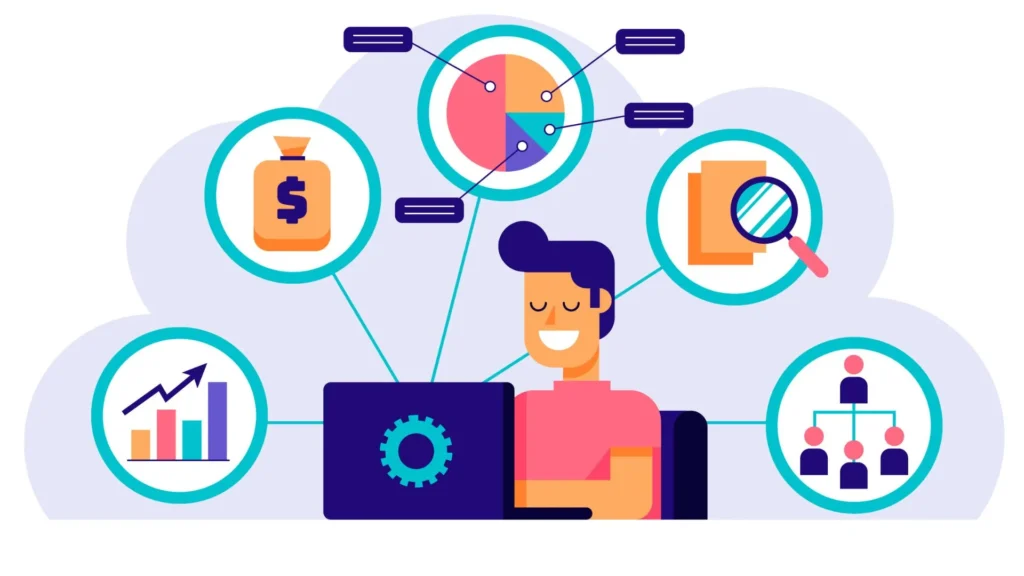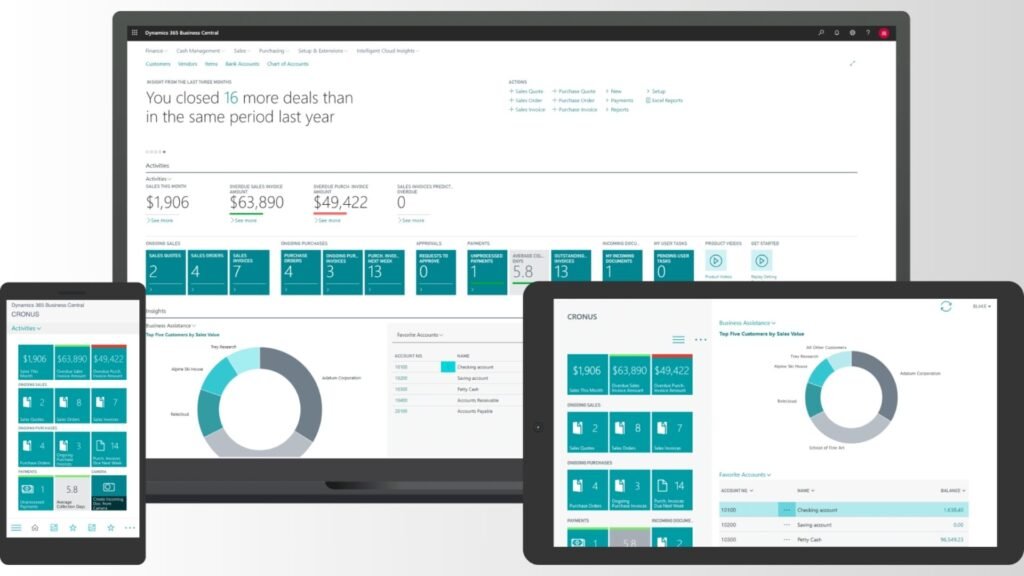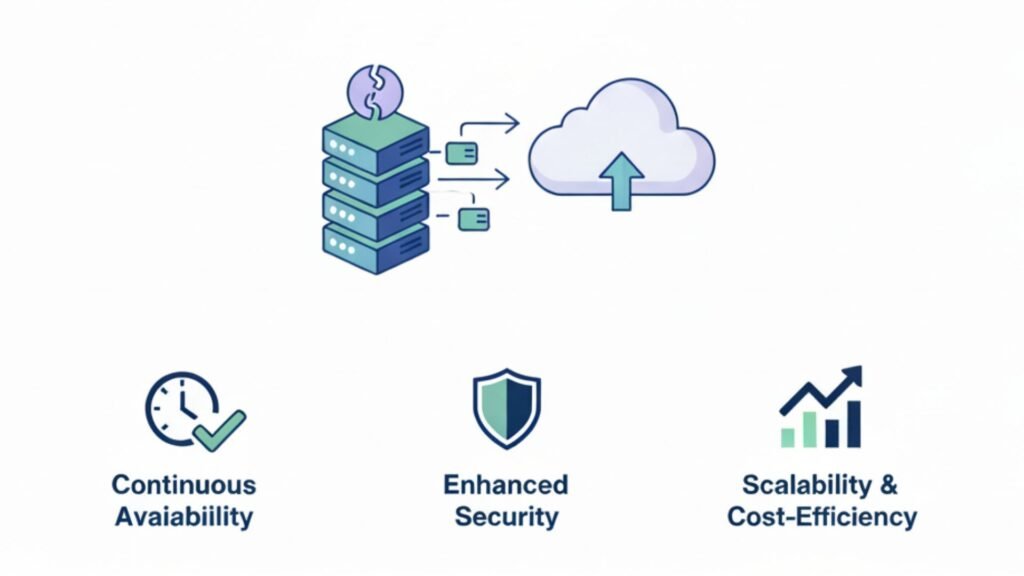The Power of Integration: Connecting ERP, CRM, and BI for Unified Growth
In today’s fast-paced business environment, companies can no longer afford to operate in silos. Every department — from finance and operations to sales and customer service — contributes to a common goal: growth. Yet, without unified systems, data becomes fragmented, processes become inefficient, and decision-making suffers. That’s where the integration of ERP (Enterprise Resource Planning), CRM (Customer Relationship Management), and BI (Business Intelligence) comes into play. When these three powerful systems work together, businesses can achieve unparalleled visibility, agility, and strategic growth. This article explores how connecting ERP, CRM, and BI systems can transform your business operations, drive customer satisfaction, and create a foundation for sustainable growth. 1. Understanding the Core Systems Before exploring their integration, let’s understand what each system does and how it contributes to business success. a. ERP (Enterprise Resource Planning) ERP systems are the backbone of organizational operations. They integrate core functions like finance, inventory, procurement, supply chain, production, and human resources into a single platform. Key capabilities: ERP ensures that every internal process runs smoothly and efficiently, reducing duplication of efforts and increasing productivity. b. CRM (Customer Relationship Management) CRM systems focus on managing relationships with customers and prospects. They capture data from sales, marketing, and customer service interactions to improve engagement, loyalty, and retention. Key capabilities: In essence, a CRM keeps your customers at the heart of your business — ensuring that every interaction is meaningful and data-driven. c. BI (Business Intelligence) Business Intelligence tools turn raw data into actionable insights. BI systems consolidate information from ERP, CRM, and other data sources to provide analytics, dashboards, and reports. Key capabilities: BI helps leaders make informed decisions by providing a clear view of what’s happening — and what might happen next. 2. The Power of Integration: Why It Matters Individually, ERP, CRM, and BI are powerful tools. But when integrated, they create a unified ecosystem where data flows seamlessly across departments. This integration eliminates data silos, enhances collaboration, and enables end-to-end visibility — from customer acquisition to final delivery and post-sales service. a. Unified Data Source When ERP and CRM data are combined and analyzed through BI tools, you get a single source of truth. Finance teams see how sales performance affects cash flow; marketing understands how customer service impacts retention. This connected ecosystem helps everyone make decisions based on consistent, accurate information. b. Enhanced Collaboration Integration breaks down departmental barriers. For example: This alignment ensures that every department works toward shared business goals. c. Improved Customer Experience CRM data tells you who your customers are, while ERP data shows what they’ve purchased and when. When these systems are integrated, you gain a 360° customer view. This enables: The result? Stronger customer relationships and higher lifetime value. d. Real-Time Insights for Decision-Making Business Intelligence acts as the analytical layer connecting ERP and CRM. With BI, organizations can monitor KPIs like sales performance, cash flow, customer retention, and supply chain efficiency in real-time. Instead of reacting to issues, leaders can predict trends and make data-driven decisions that improve profitability and operational efficiency. e. Automation and Efficiency Integration eliminates manual data entry and reduces the risk of errors. Sales teams no longer need to re-enter customer details into the ERP system — the data automatically syncs. Finance departments can automate invoicing and payment tracking linked to CRM sales data. This automation boosts efficiency, reduces costs, and accelerates workflows across the enterprise. 3. Key Benefits of Integrating ERP, CRM, and BI 1. End-to-End Visibility From lead generation to order delivery, integration provides visibility across the entire business cycle. Leaders can identify bottlenecks, forecast demand, and make strategic adjustments faster. 2. Improved Forecasting and Planning BI tools leverage ERP and CRM data to forecast sales, inventory needs, and financial performance. This enables better planning and resource allocation. 3. Enhanced Data Accuracy Integration ensures consistent data across all systems. For example, when customer contact details are updated in CRM, the ERP system automatically reflects the changes — ensuring accuracy everywhere. 4. Streamlined Sales and Finance Alignment When sales and finance systems work together, billing, invoicing, and revenue recognition become seamless. This accelerates cash flow and reduces disputes. 5. Customer Retention and Upselling With insights from CRM and ERP, businesses can identify loyal customers, predict churn, and tailor offerings. BI analytics can highlight cross-selling and upselling opportunities. 6. Reduced Operational Costs Automation and data consistency reduce administrative overhead. Teams spend less time reconciling data and more time innovating. 7. Competitive Advantage Unified systems empower businesses to act swiftly and intelligently, giving them an edge over competitors still operating in fragmented systems. 4. How Integration Works: Technical Overview Integrating ERP, CRM, and BI can be achieved through several methods: a. API-Based Integration Modern ERP and CRM platforms, such as Microsoft Dynamics 365, use APIs (Application Programming Interfaces) to allow real-time data exchange between systems. b. Middleware or Integration Platforms Middleware tools like Microsoft Power Automate or Azure Data Factory facilitate seamless data synchronization between ERP, CRM, and BI. c. Native Integration in Unified Platforms Solutions like Microsoft Dynamics 365 combine ERP and CRM capabilities natively. When paired with Power BI, it provides an all-in-one intelligent business platform. This unified Microsoft ecosystem minimizes complexity, enhances security, and ensures that data moves freely across modules. 5. Real-World Example: Microsoft Dynamics 365 + Power BI Let’s consider how Microsoft Dynamics 365 demonstrates the power of integration. For example: This interconnected system empowers leaders with insights that drive growth, reduce costs, and improve efficiency. 6. Common Challenges in Integration While the benefits are clear, integration projects can present challenges if not planned properly. 1. Data Silos and Quality Issues Legacy systems often hold unstructured or outdated data. Cleaning and consolidating this data is crucial for successful integration. 2. Change Management Employees accustomed to old workflows may resist change. Providing adequate training and support ensures smoother adoption. 3. Technical Complexity Integrating multiple systems may require skilled resources to configure APIs, manage middleware, and ensure data security. 4. Cost and Time Implementation costs vary depending on system
The Power of Integration: Connecting ERP, CRM, and BI for Unified Growth Read More »












